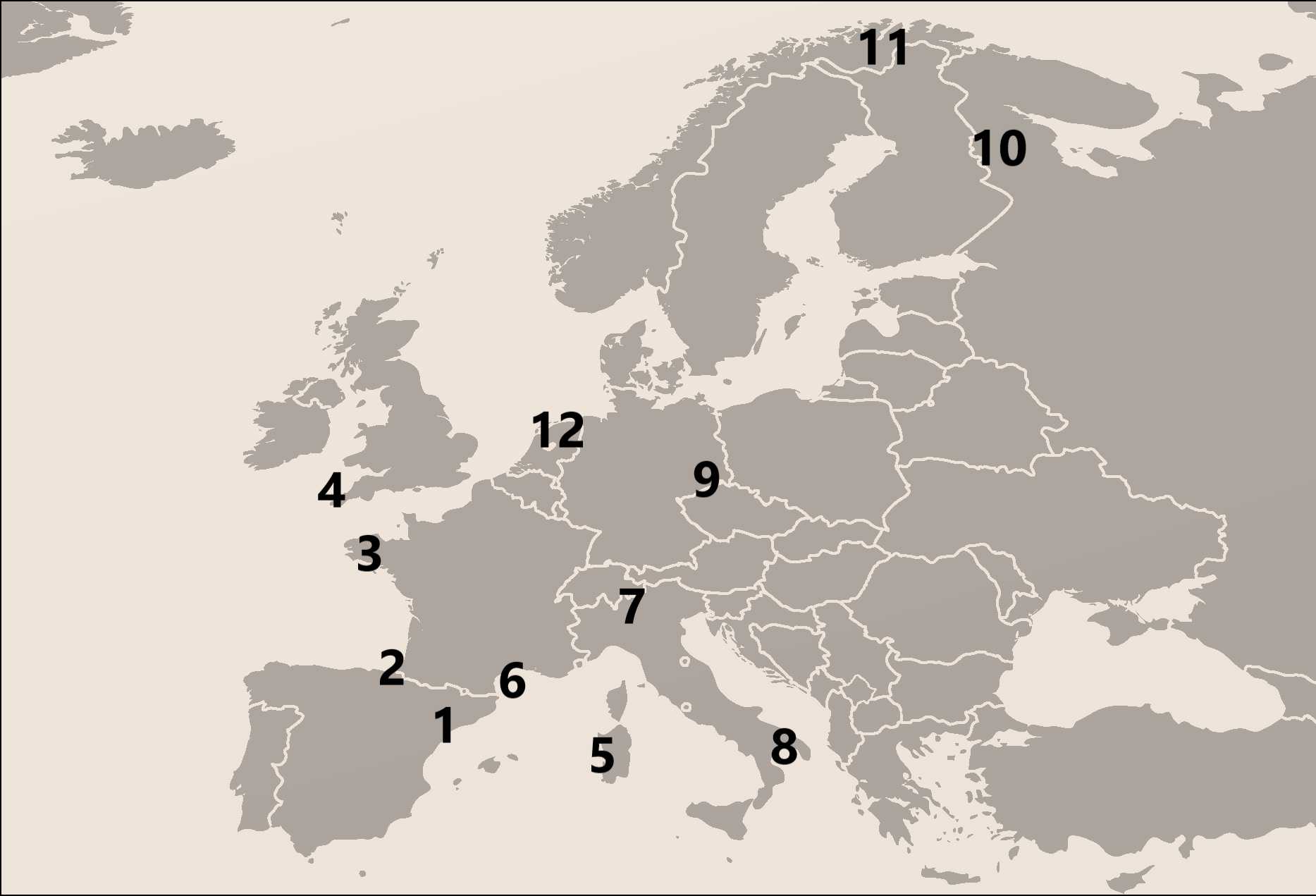
Minority Report Trivia Quiz
Minority Languages of Europe
Europe is home to a substantial number of minority and regional languages - some of them, sadly, on the brink of extinction. This quiz will focus on twelve of them.
A label quiz
by LadyNym.
Estimated time: 3 mins.
- Home
- »
- Quizzes
- »
- World Trivia
- »
- Languages
